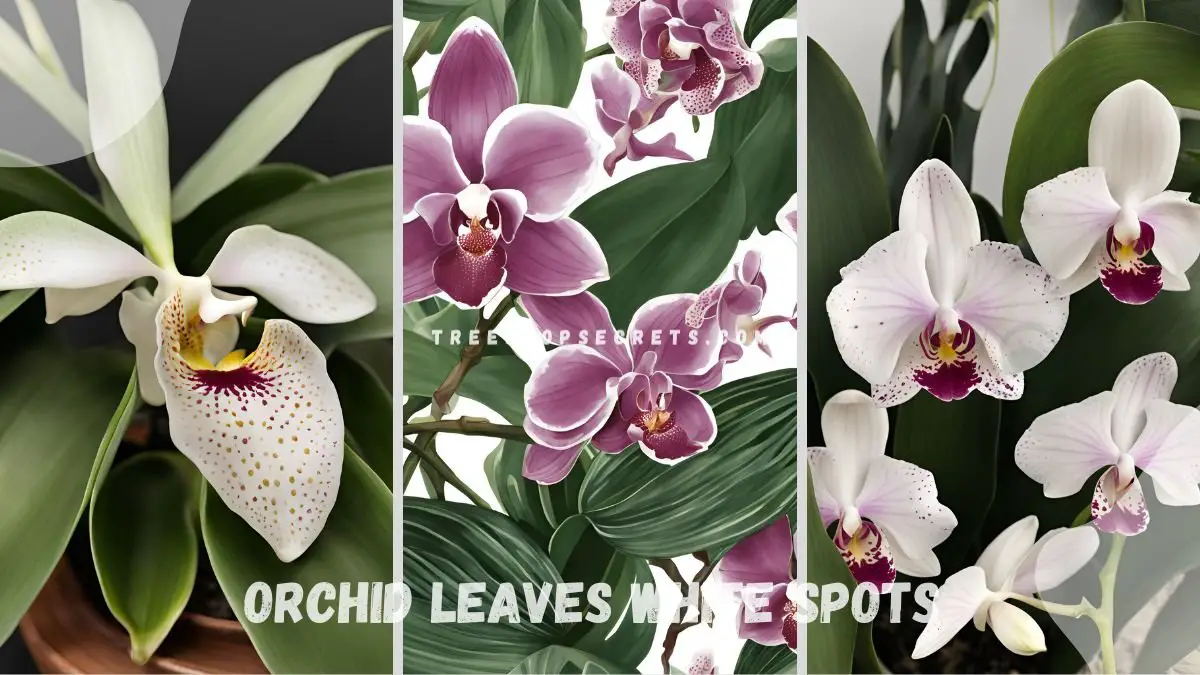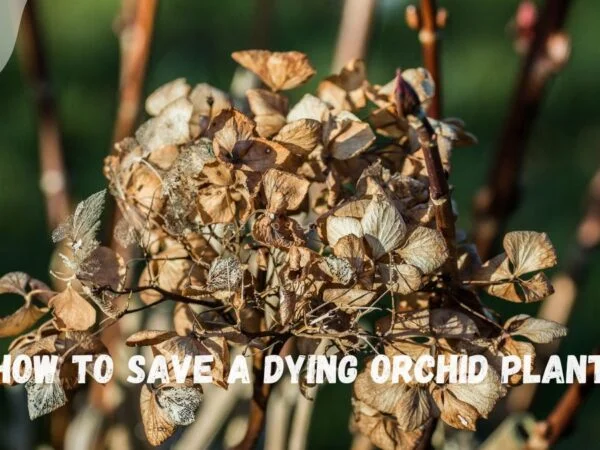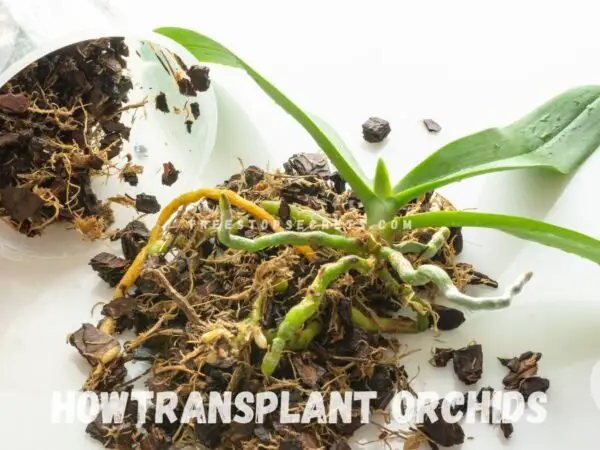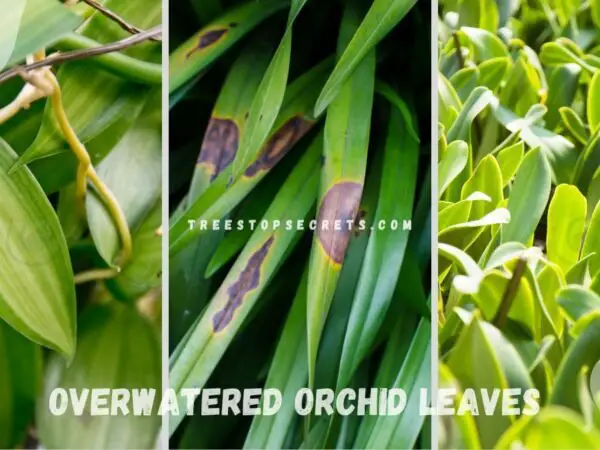Worried about orchid leaves with white spots? You're not alone. Many orchid owners encounter this issue, but understanding the cause can help you effectively address it. White spots on orchid leaves might be due to pests, fungal infections, or nutrient deficiencies. Identifying the problem is the first step toward restoring your orchid’s health. Let’s delve into the possible causes and solutions to get your orchid thriving again.
White spots on orchid leaves can be caused by a variety of factors:
| Cause | Description | Treatment |
|---|---|---|
| Pests | Mealybugs and scale insects suck sap, leaving behind white residues. | Wipe leaves with soapy water; use insecticidal soap. |
| Fungal Infections | Powdery mildew appears as white, powdery spots on leaves. | Increase air circulation; use fungicide. |
| Nutrient Deficiencies | Lack of essential nutrients can manifest as chlorotic, white patches. | Adjust fertilizer regimen; ensure balanced nutrients. |
Identifying the underlying issue ensures you apply the right treatment and prevent further damage.
There's more to know about maintaining orchid health and addressing needs like white spots on leaves. Explore additional tips and detailed care guides to keep your orchids vibrant and beautiful.
Key Takeaways
- Identify the Cause: Understand the reasons behind white spots on orchid leaves to address the issue effectively.
- Proper Treatment: Implement appropriate treatments based on the specific cause of the white spots to restore your orchid's health.
- Sunlight and Water Balance: Maintain a proper balance of sunlight and water to prevent stress and leaf damage in orchids.
- Prevent Chemical and Physical Harm: Be cautious of chemicals and physical damage that can harm orchid leaves, leading to white spots.
- Combat Fungal Infections: Take proactive measures to control fungus growth on orchid leaves to prevent white spots and ensure plant vitality.
- Effective Pest Management: Employ pest control strategies to safeguard orchids from insects that can cause white spots and harm the plant.
Understanding White Spots
Common Causes
White spots on orchid leaves can be caused by various factors. Overwatering is a common culprit, leading to fungal infections like powdery mildew. Pests such as mealybugs can also cause white spots by feeding on the plant's sap. These pests leave behind a sticky substance that attracts mold, resulting in white patches on the leaves.
Types of White Spots
Different types of white spots can appear on orchid leaves, each indicating a specific issue. Frostbite causes white patches due to freezing temperatures, while scorch leads to yellowish or brown spots from excessive sunlight exposure. Powdery mildew manifests as a white powdery substance on the leaves, resembling small lesions or ugly marks.
Causes and Treatments
Overwatering
Overwatering can lead to white spots on orchid leaves due to root rot and nutrient deficiencies. Adjust watering schedules to prevent excess moisture accumulation. Ensure proper drainage by using well-draining pots and potting mix.
Low Humidity Low humidity levels can cause white spots on orchid leaves as they increase susceptibility to fungal infections like powdery mildew. Maintain optimal humidity levels by using a humidifier or placing the orchids on trays filled with water and pebbles.
Frostbite or Scorch Frostbite and scorch can both result in white spots on orchid leaves, but they have visual differences. Frostbite causes blackened areas alongside white spots, while scorch leads to brown, crispy patches. Protect orchids from extreme temperatures by moving them away from drafty windows or direct sunlight.
Powdery Mildew Powdery mildew is a common fungal disease that causes white, powdery spots on orchid leaves. Treat powdery mildew by applying fungicides specifically formulated for orchids. Improve air circulation around the plants to prevent the spread of the fungus.
Mealybugs Mealybugs are tiny insects that feed on orchid sap, causing white spots and stunted growth. To manage mealybugs, use insecticidal soap or neem oil to eliminate them. Regularly inspect your orchids for signs of infestation and isolate affected plants to prevent spreading.
Sun and Water Issues
Sunburn Recovery
Orchid leaves can suffer from sunburn if exposed to excessive sunlight, leading to white spots. To recover, move the orchid to a shadier spot and gradually reintroduce it to light. Providing adequate shade is crucial to prevent sunburn and maintain the plant's health.
Water Spots Treatment
Water spots on orchid leaves are often caused by excessive watering or leaving water on the leaves. To treat water spots, gently wipe the affected areas with a damp cloth. Proper watering techniques, such as watering at the base of the plant, can help prevent water spots and maintain leaf health.
Chemical and Physical Damage
Chemical Harm
Chemical damage on orchid leaves can result in white spots, discoloration, and wilting. This damage is often caused by exposure to harsh chemicals in fertilizers or pesticides. To prevent chemical harm, it is essential to use organic and gentle products on orchids. Avoid spraying chemicals directly on the leaves to protect them from damage.
Pruning affected leaves with white spots is crucial for the health of orchids. It helps remove damaged areas and promotes new growth. When pruning orchid leaves, ensure you use sterilized tools to prevent infections. Prune close to the base of the leaf without damaging the healthy tissue. Remember to dispose of the pruned leaves properly to prevent the spread of diseases.
Pruning Techniques
Pruning orchid leaves with white spots is vital for maintaining the overall health of the plant. By removing affected areas promptly, you prevent the spread of diseases and promote new leaf growth. Effective pruning techniques involve cutting at a 45-degree angle to ensure proper healing. This process also helps improve air circulation around the plant.
Knowing when to prune orchids is crucial for their well-being. Look out for signs of damage such as yellowing or browning of leaves before deciding to prune. Prune during the plant's active growing season for faster recovery. After pruning, apply a fungicide or anti-bacterial treatment to prevent infections. Regular pruning will keep your orchids healthy and vibrant.
Fungus Among Us
Recognizing Fungus
Fungal infections causing white spots on orchid leaves can be identified by their distinct appearance. Look for fungal spores that appear as powdery patches on the leaves. The white spots may start small but can quickly spread if not addressed promptly.
When dealing with fungus-related white spots, pay attention to the brown edges surrounding the affected areas. These spots are usually light in color and have a powdery texture, indicating the presence of fungal perils. To recognize fungus on orchids, inspect the leaves regularly for any unusual discoloration or growth.
Treating Fungus
To effectively treat fungal infections on orchids, it is crucial to act swiftly upon detection. Remove the infected leaves to prevent the fungi from spreading further. Applying a fungicide specifically designed for orchids can help eliminate the fungal spores and protect the plant from future infections.
Early detection and treatment of fungus are essential to save your orchids from severe damage. Utilize natural remedies such as neem oil, known for its antifungal properties, to combat fungal perils effectively. Ensure proper ventilation and avoid overwatering to create an environment less favorable for fungal growth.
Preventing Infections
Preventive measures play a vital role in avoiding infections that cause white spots on orchid leaves. Maintain a strict hygiene routine by sterilizing tools before working with your plants to prevent the spread of fungi. Regularly inspect your orchids for any signs of infection and take immediate action if fungal spores are detected.
Applying fungicides preventatively can help protect your orchids from potential fungal attacks. Choose a fungicide that targets common orchid fungi and follow the instructions carefully for optimal results. Remember that maintaining a healthy growing environment, including proper airflow and adequate light exposure, is key to preventing fungal infections.
Pest Control
Mealybug Management
Mealybugs can harm orchids by causing white spots on the leaves. Regular inspections are crucial to catch infestations early. Using natural insecticidal soap effectively controls mealybugs.
Killing Bugs
To eliminate pests like mealybugs from orchids, safe insecticides are recommended. Monitoring for recurring infestations is essential.
Orchid Care Tips
Watering Schedule
Maintaining a consistent watering schedule is crucial for orchids to thrive. Overwatering can lead to white spots on orchid leaves, indicating a potential issue. To prevent this, water orchids only when the top inch of the soil is dry. Overwatering can cause root rot and lead to white spots, while underwatering can result in dehydration and stress on the plant.
Ventilation and Hydration
Proper ventilation plays a significant role in preventing white spots on orchid leaves. Good air circulation helps prevent orchid distress and fungal issues that can manifest as white spots. Adequate hydration levels are also essential for healthy orchid growth. Ensure that your orchids are not exposed to drafts but receive enough fresh air. Maintain proper humidity levels by misting the leaves regularly.
Summary
Understanding the causes of white spots on your orchid leaves is crucial for effective treatment. From sun and water issues to chemical damage, fungus, and pests, each factor requires specific care. By following proper orchid care tips, you can ensure your plant's health and beauty. Remember to monitor sunlight exposure, watering frequency, and inspect for any signs of damage regularly. Act promptly if you notice any issues to prevent further damage and maintain your orchid's well-being. Your attentiveness and care will be rewarded with vibrant, spot-free orchid leaves.
Frequently Asked Questions
What are the common causes of white spots on orchid leaves?
White spots on orchid leaves can be caused by various factors, including fungal infections, sunburn, pests, or mineral deposits. Identifying the specific cause is crucial for effective treatment.
How can I treat white spots on my orchid leaves?
Treatment for white spots on orchid leaves depends on the underlying cause. Proper diagnosis is essential before implementing any treatment method. Options may include adjusting watering practices, using fungicides, or addressing pest issues.
Are white spots on orchid leaves a sign of fungal infection?
Yes, white spots on orchid leaves can indicate a fungal infection. Fungi like powdery mildew or botrytis can manifest as white spots. It's important to promptly address fungal infections to prevent them from spreading and causing further damage.
Can overexposure to sunlight cause white spots on orchid leaves?
Yes, excessive exposure to sunlight can lead to white spots on orchid leaves due to sunburn. Orchids are sensitive to direct sunlight, and prolonged exposure can result in discoloration and damage. Providing adequate shade and adjusting light levels can help prevent this issue.
How do I prevent white spots from recurring on my orchid leaves?
To prevent white spots from reoccurring on your orchid leaves, maintain proper care practices such as providing ideal lighting conditions, ensuring proper ventilation, avoiding overwatering, regularly inspecting for pests, and promptly addressing any issues that arise. Consistent monitoring and care are key to preventing future problems.
Image Source: Paid image from CANVA





